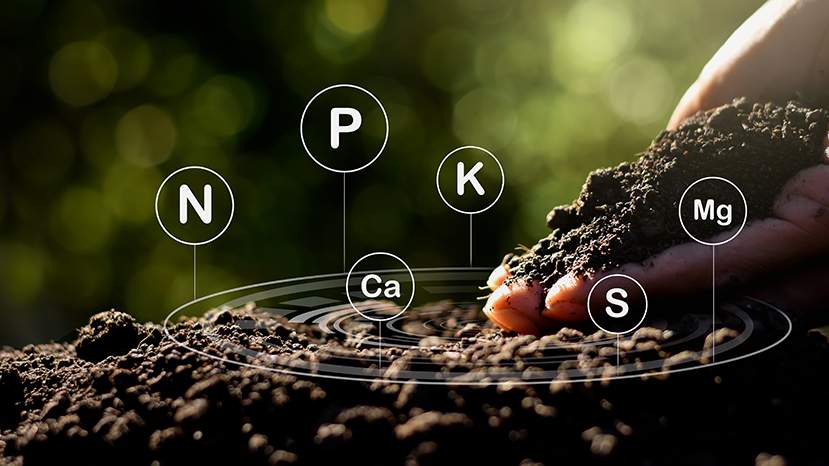Everyone is talking about nitrogen, more specifically nitrates. This shows, not least, the current discussion about the amended fertiliser ordinance (DüV-20) from the German government, which has been in force since 01 May 2020. At the forefront of the new fertiliser ordinance are groundwater protection and implementation of the European nitrate guideline in German law. The aim is to reduce the loss of nutrients from the soil, in particular nitrogen (N) and phosphorous (P).
Yield and quality improvement
An important cultivation solution approach is therefore the improvement of nitrogen efficacy (N efficacy), thus the improved nitrogen uptake by cultivated plants. In doing so, the plant nutrient sulphur (S) takes on an important key function. Sulphur ensures an improved nitrogen utilisation in the plant and promotes implementation of nitrogen in protein, energy and dry matter. As a result, optimal sulphur supply clearly reduces possible N loss and contributes to the improvement of yield and quality.
Dry locations
Due to the improved water supply, sulphur fertilisation should take place in early spring. This particularly applies to locations that are prone to drought. Symptoms as a result of a lack of sulphur are similar to those as a result of a lack of nitrogen. Contrary to an N deficiency, which initially arises on older leaves, an S deficiency is initially always visible on newer plant leaves.
Higher protein and energy content in pasture
In pasture, an optimal sulphur supply ensures a higher protein and energy content in staple feed. In doing so, the yield potential and feed quality can be optimally exploited. In addition to this, high yields and the removal of feed from pasture land also relieves the nitrogen balance.
Is quality wheat cultivation still feasible pursuant to DüV-20?
With a reduced, late N dose for quality wheat cultivation, an additional sulphur fertilisation is recommended as an ear dose at the end of sprouting or the grain filling phase. This ensures an optimal N/S ratio of approx. 10:1 and improves the wheat’s raw protein content and baking properties. Ammonium-accentuated N fertiliser furthermore supports the availability of important trace elements that are part of protein synthesis via the root in the ear.
Against this backdrop and based on the constantly declining sulphur inputs in arable land from the air, the application of combined sulphur-nitrogen fertilisers both on arable land and pasture land is recommended.



